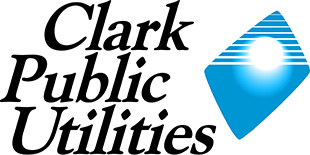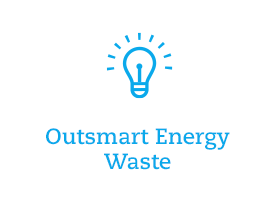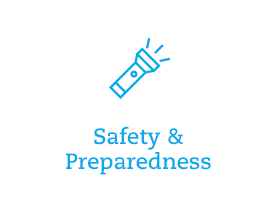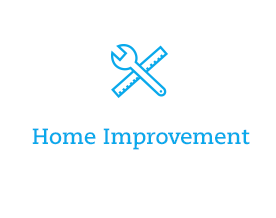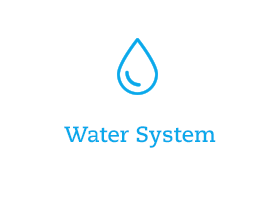Shopping for Appliances?
Energy Star appliances not only look good, they can also save you energy and money each month. In addition to Energy Star, another organization is working to make appliances super-efficient and has been around since 1991. Unlike Energy Star, Consortium for Energy Efficiency (CEE) isn’t a household name, but CEE tiered appliances can help you sort out the best from the already much better Energy Star models. CEE doesn’t offer rebate programs for consumers or place labels on appliances. Instead, it teams up with manufacturers to develop energy stingy products and then forms initiatives to help get the word out about them.
One is the Super-Efficient Home Appliance Initiative (SEHA) that furnishes specifications for super efficiency according to its three levels of energy-efficient performance. An appliance manufacturer can choose to meet any of these specs for washers, refrigerators, dishwashers and air conditioners. CEE works with manufacturers at their research and development stage to create or improve energy-efficient technologies. Once these are developed, the organization partners with regional utilities to create awareness and demand for new energy-efficient designs. So, it’s more of an influencer trying to increase public demand for more efficient appliances while also working to improve manufacturers’ understanding of the impact of energy efficiency.
CEE validates the energy efficiency of product and appliance designs for electrical and water usage. Its criteria are similar to, but different from, Energy Star. Because both agencies are working to bring more energy-efficient appliances to market, their ratings can overlap.
CEE tags appliances in tiers 2 and 3 as super-efficient energy savers. For clothes washers, Energy Star qualified washing machines fall into tier one. Clothes washers in tiers two and three have both higher energy and water saving ratings. Many Energy Star refrigerators also fall in CEE tier one in terms of energy savings.
Refrigeration can account for up to 10 percent of your annual energy use, so it’s a good place to start to save energy. Replacing an old fridge or freezer with a qualified Energy Star or CEE model can help you cut wasted energy. It’s important to make sure your old unit is properly recycled as the refrigerant gas they use to keep your food cold can be harmful to the atmosphere if released. Things like steel and copper can also be reused. There are a variety of options available for recycling. If you are having a new appliance delivered, your appliance retailer may haul away and recycle the old unit. A contractor can be hired to come to your home and pick up a unit for a fee. Please visit the Clark County Public Health website for resources. Or, you can take your appliance to one of the Clark County Transfer Stations and pay a small fee to have it recycled. Just be sure to call ahead and make sure they are open.
Check with an energy counselor by about Energy Star and CEE super-efficient appliances in the tiers 2 and 3 that can may boost your electric and water savings. Or ask your local retailers whether they have appliances in these categories.
Overall, efficiency in all categories of appliances is improving and Energy Star is always a good place to start. If you’re shopping for the most energy savings, there’s plenty more information and factors to compare where that came from!
